Northrop’s T-38 Has Trained Thousands of Pilots Around the World- and Still Does
On March 17th 1959, the first T-38 Talon trainer was placed in service with the United States Air Force. Updated and improved over its lifetime, now in continuous service for more than 50 years, the Talon has trained several generations of jet pilots. The T-38 was the world’s first and most-produced supersonic jet trainer.
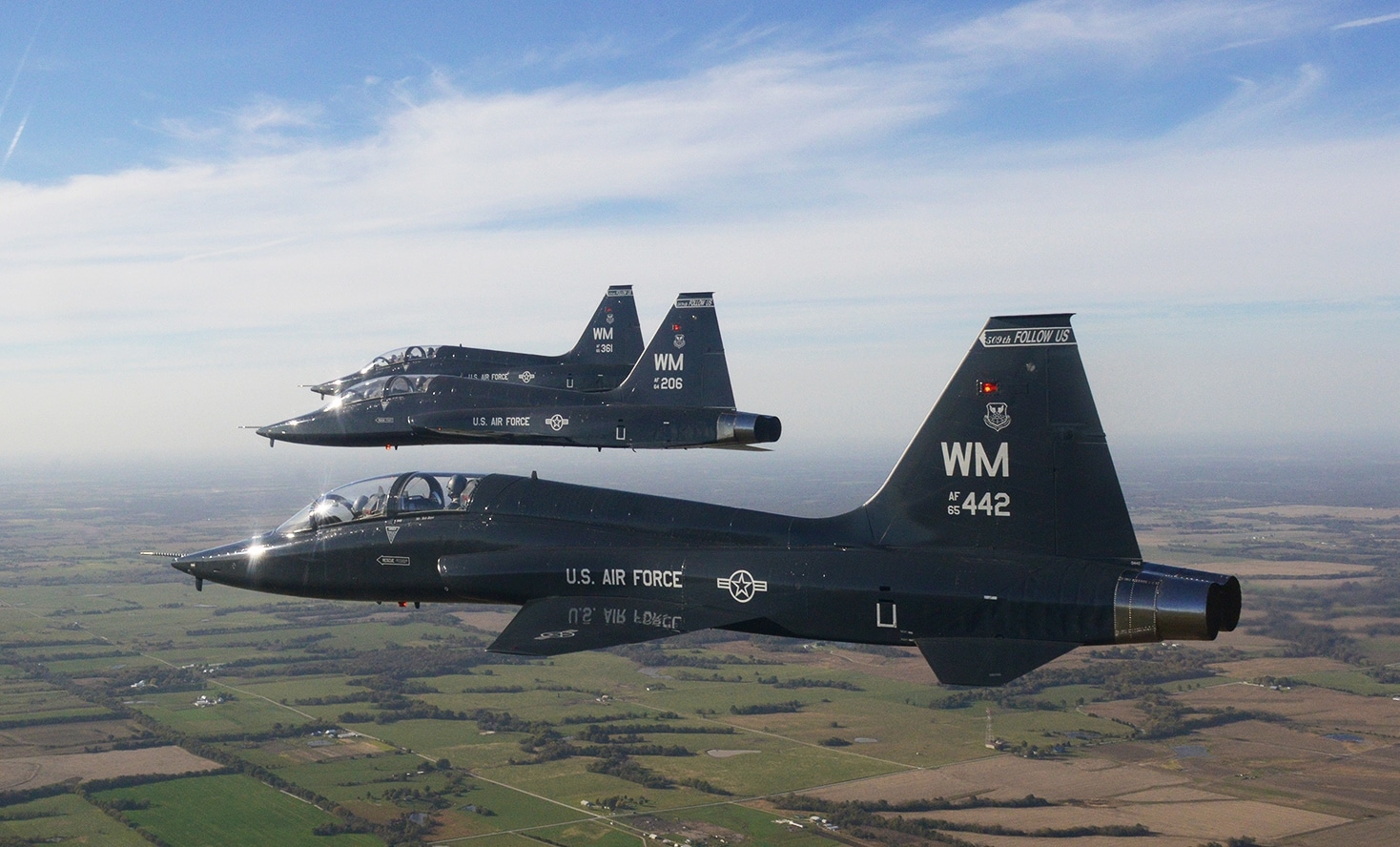
Playing Smallball
The Talon actually began as a delta-winged fighter to be powered by the massive General Electric J79 engine. Realizing that any J79-powered fighter would be both large and costly, Northrop went in a different direction. In 1953, Northrop designed a small lightweight fighter with area-ruled fuselage, conventional wings, and powered by two of the new, and much smaller and lighter, GE J85 engines. Northrop designated this design N-156.
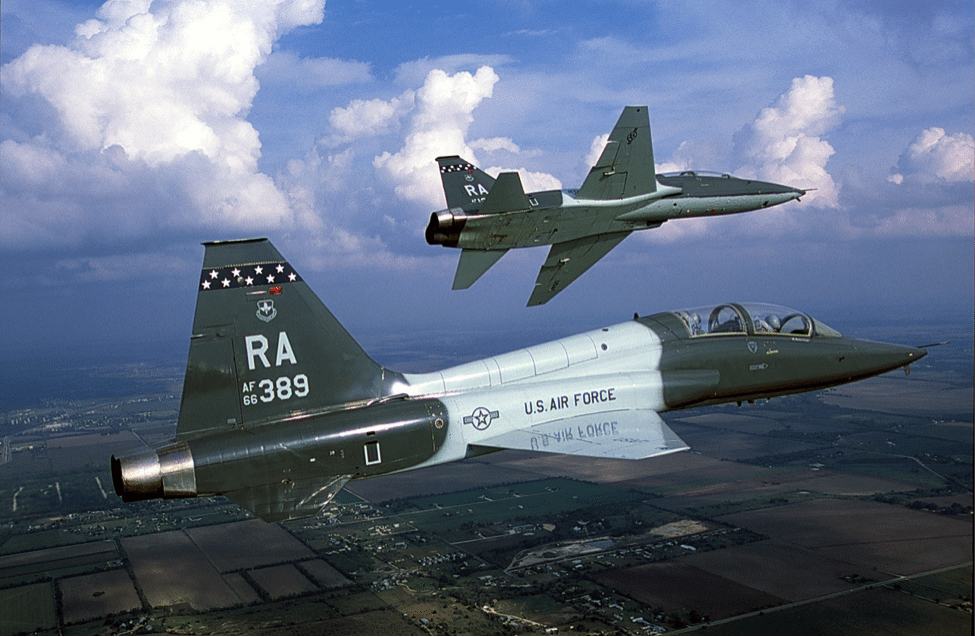
Advanced Trainer Par Excellence
When the United States Air Force issued a General Operating Requirement (GOR) for a supersonic advanced trainer in the mid-1950s to replace their Lockheed T-33s, Northrop adapted their N-156 lightweight fighter design for the competition. Northrop won the competition in July of 1956 and received an order for three prototypes. The first of them (designated YT-38) flew for the first time on March 10th 1959.

From Tweet to Talon
The new T-38 went into production quickly and the first aircraft were delivered to the Air Force in 1961. Entering operational service on March 17th 1961, the T-38 would provide advanced training to pilots having already mastered the Cessna T-37 Tweet primary jet trainer.
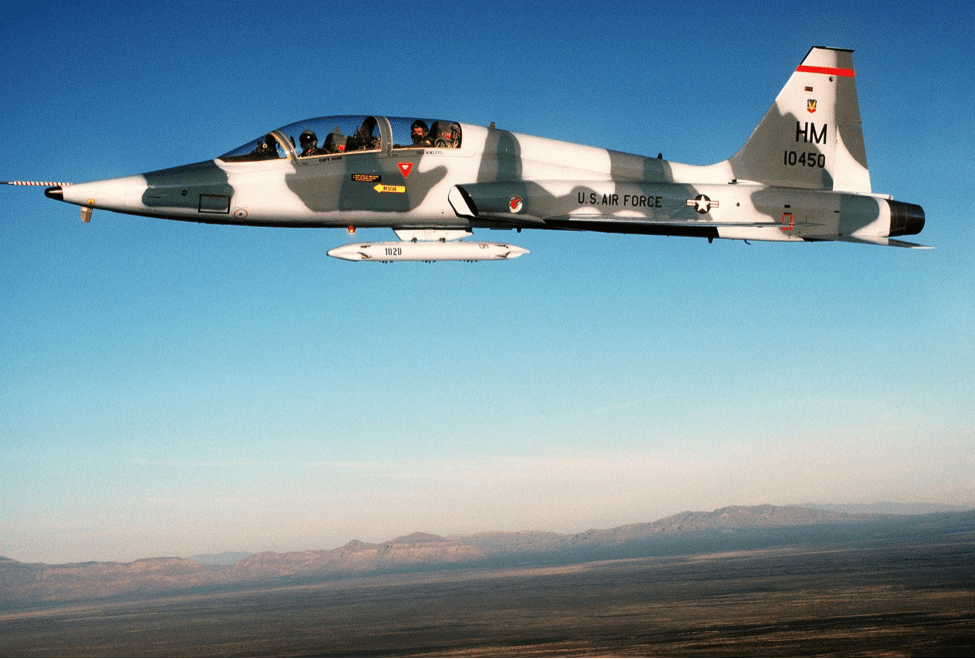
The World’s Fighter
The fighter version of the original Northrop N-156 lightweight fighter design was produced as the F-5A Freedom Fighter. Operated by the United States Air Force but also by 35 foreign countries, single-seat F-5 variants still operate for many countries.
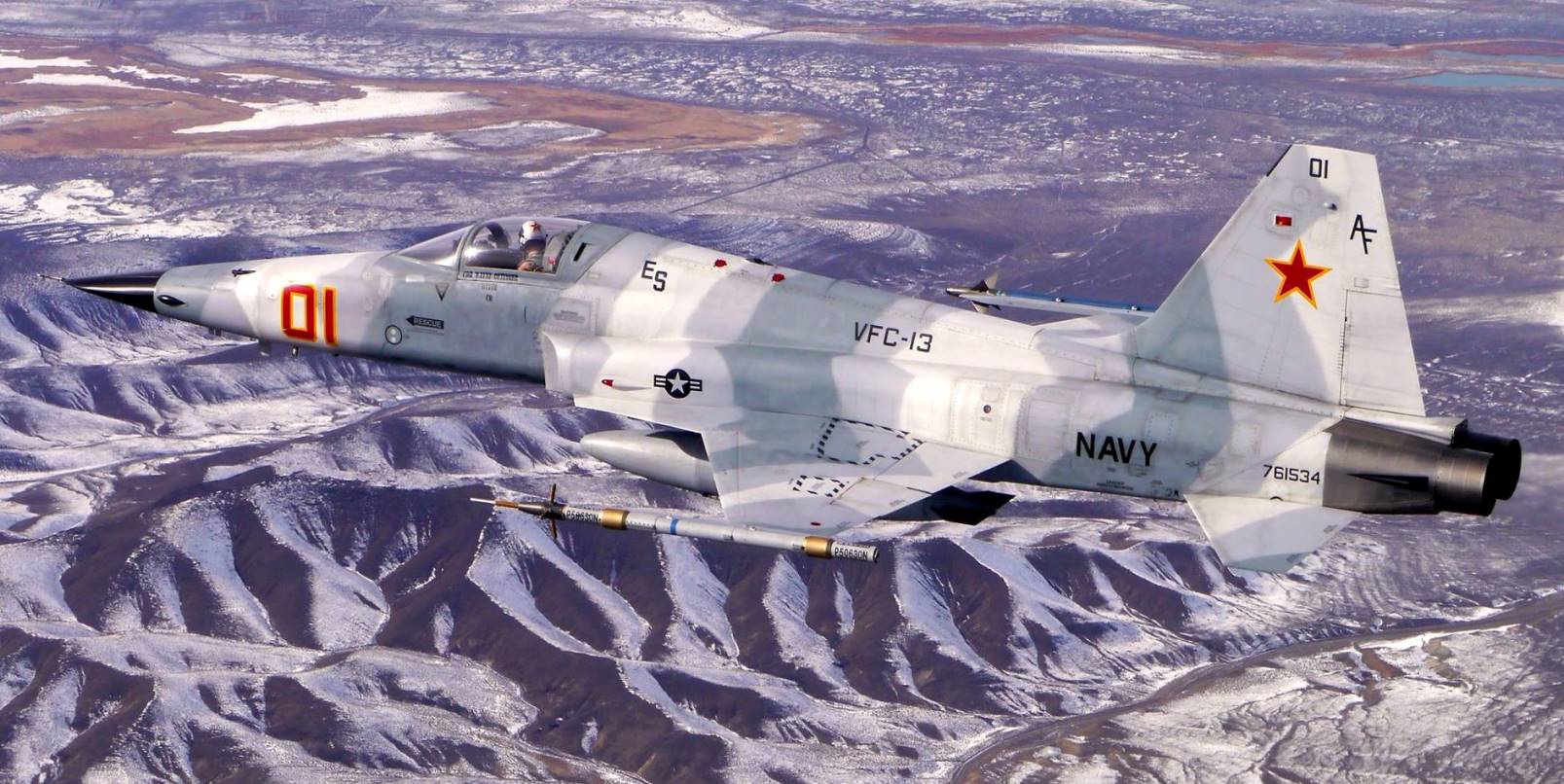
Talon Cousins
The two-seat F-5B and F-5F Tiger IIs, both also developed from the same original Northrop N-156 design, look very similar to the T-38. However, the F-5 variants sport distinctive leading edge extensions at the wing roots. T-38 wing roots lack the leading edge extensions. The F-5s also have missile launch rails mounted on the wing tips.
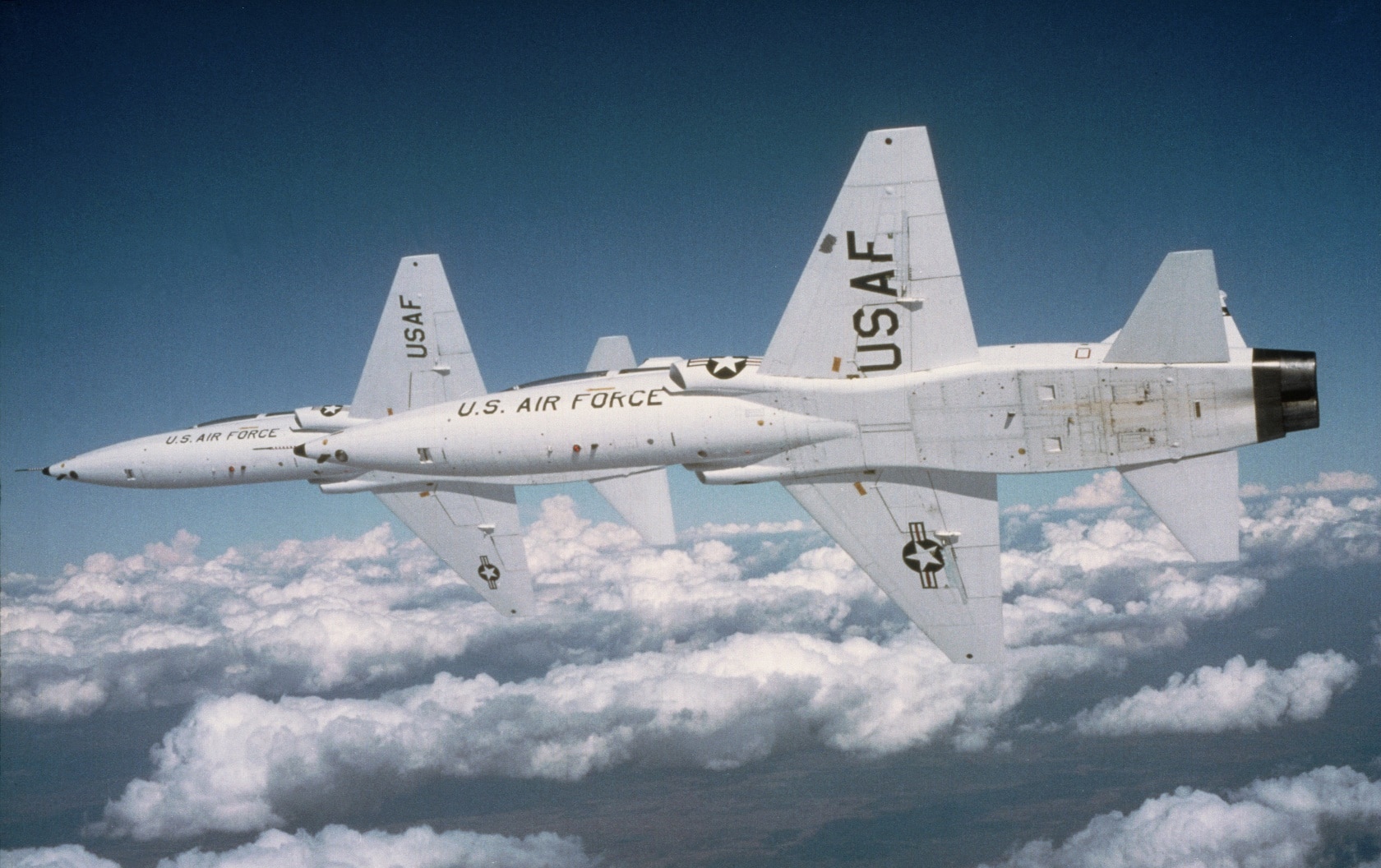
Keeping Talons Sharp
The majority of T-38s built are the T-38A variant. The Air Force has also operated AT-38Bs modified to make them capable of weapons delivery as weapons trainers. Beginning in 2001 the majority of T-38s used by the Air Force received avionics upgrades that include a head-up display (HUD), GPS, “glass” cockpit instrumentation, and other modern “black boxes.” These updated Talons carry the T-38C designation.

